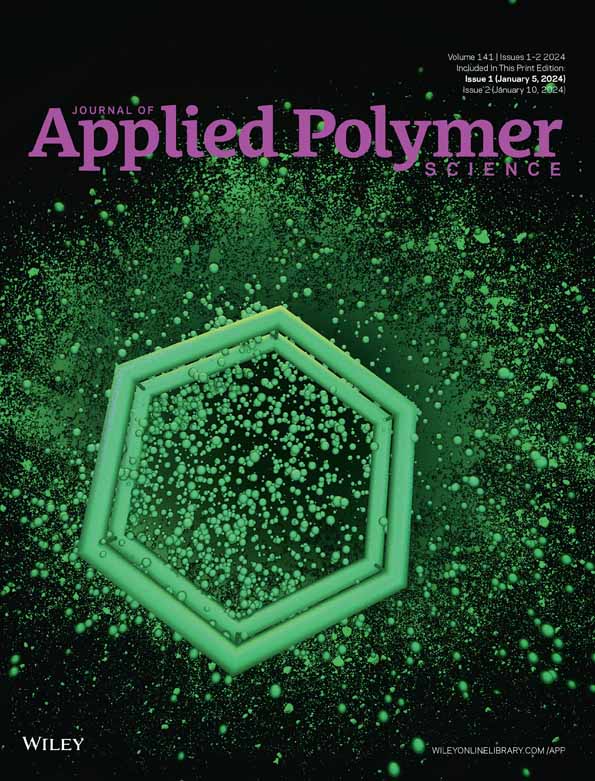Selective filtration of dye by tannic acid-molybdenum disulfide composite nanofiltration membrane
Abstract
Dye-selective nanofiltration membranes have great potential for chemical dye separation and purification as well as dye wastewater treatment. Two-dimensional materials such as molybdenum disulfide (MoS2) with excellent physical and chemical properties are ideal nanofiltration membrane materials. MoS2 with few layers is used in combination with polyphenols to prepare highly selective filtration nanofiltration membranes for cationic dyes. The tannic acid (TA)-MoS2 composite material is constructed on the surface of a micro-porous Mixed Cellulose Ester membrane by a vacuum filtration method, and the nanofiltration membrane exhibits good flexibility and excellent film-forming properties. The maximum filtration efficiency of TAMoS2 nanocomposite film for R6G can reach 80%, while for EY and MO, it is only 9.6% and 6.1% respectively. Filtration studies on mixtures of two different types of dyes show that the composite nanofiltration membrane has excellent separation performance. The separation characteristics and mechanism of the composite nanofilm on dyes are carefully studied, showing good selectivity for cationic dyes, which can be ascribed to the synergistic effect of non-covalent interactions and steric hindrance. This work paves the way for the use of eco-friendly membranes for water and wastewater treatment and provides an environmentally friendly solution for various applications.
CONFLICT OF INTEREST STATEMENT
The authors declare no conflict of interest.
Open Research
DATA AVAILABILITY STATEMENT
The data that support the findings of this study are available from the corresponding author upon reasonable request.




